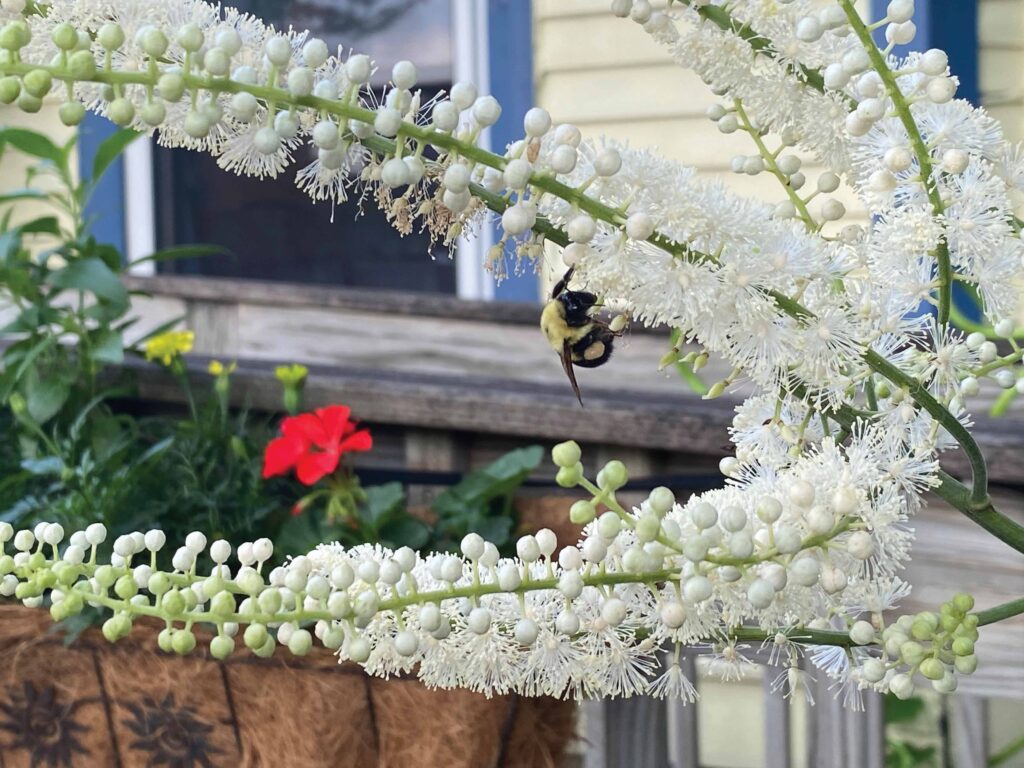
Get to Know Your Pollinators: Part 1
– Diana Romero Wehr, Sigourney, Iowa
Welcome to the first article in a series of 5 articles about the fascinating world of pollinators. Why are pollinators important? They are essential to the survival of humans. 75% to 80% of our food crops depend on pollinators. Pollination is essential for the reproductive system of plants. Some of the tasty plants include apples, cherries, peaches, pears, apricots, berries, melons, nuts & more.

Pollinators include anything that carries pollen from the male part of the flower (stamen) to the female part of the flower (stigma). Pollinators include insects such as butterflies, moths, bees, wasp, beetles, flies & more. Animals such as birds, bats & even humans can be pollinators.
A beautiful SWALLOWTAIL butterfly is one of my favorites. It has its name because of the false eyes on its hind legs that resemble the swallowtail bird. It has a large showy wingspan of 5 to 7 inches. It is a Native to Iowa & has a life span of 2 to 3 weeks. The caterpillar at first are black & then turn green . They look like marvelous little alien creatures. The life cycle of the swallowtail is fascinating. The butterfly once hatched lays eggs on the underside of plant leaves. The eggs hatch in 3 to 5 days with a caterpillar forming. Then a Chrysalis is created & over winters in Iowa. The Swallowtail emerges from its Chrysalis late April to early June. Some Swallowtail butterflies are yellow & some black Etymologist feel this depends on the light exposure during their caterpillar formation.

To attract Swallowtail butterflies to your garden you will need HOST plants in other words home for their caterpillars. These host plants include parsley, fennel, dill & the carrot family. NECTAR plants offer nice restaurants with pollen. Native plants such as coneflowers, black eyed Susan’s, phlox, golden rod & asters are best due to the fat enriched nectar. Alternative nectar plants include Zinnias, cosmos, sunflowers & more easily planted by seed.
According to E. O. Wilson insects are “ the little things that run the world.” Stay with us on our journey as we learn more about the Marvelous Monarch butterfly.
Photos: Diana Romero Wehr
